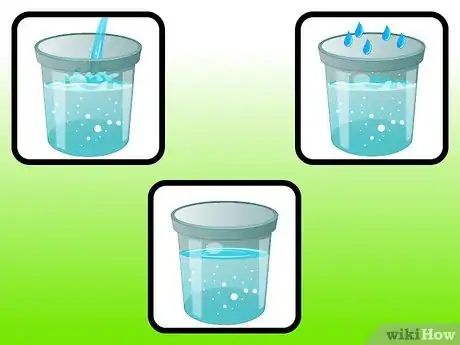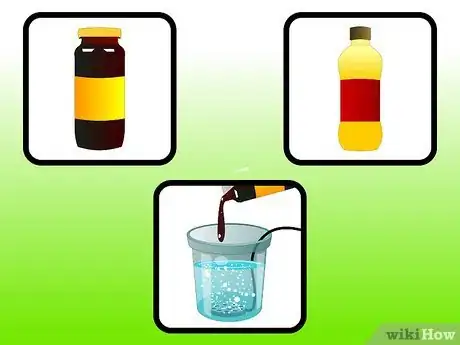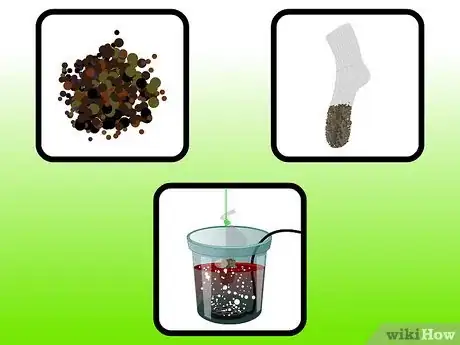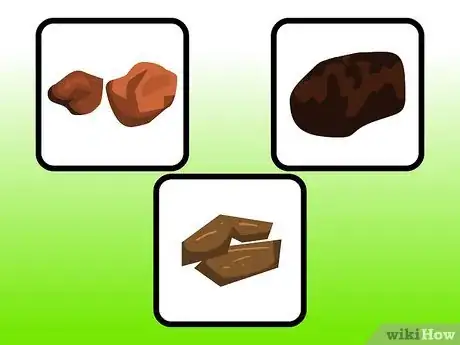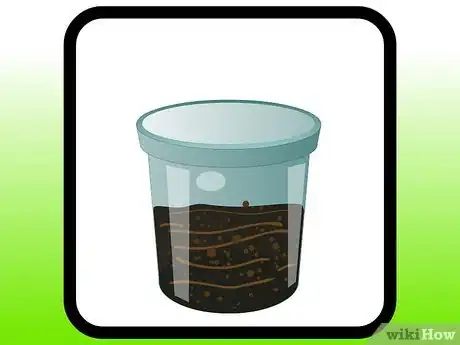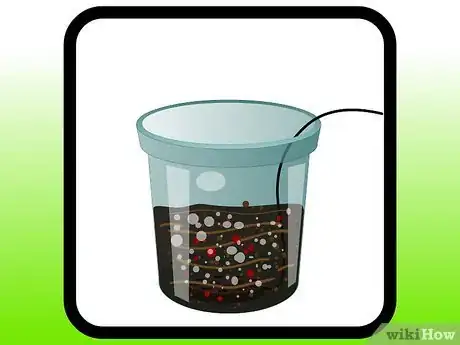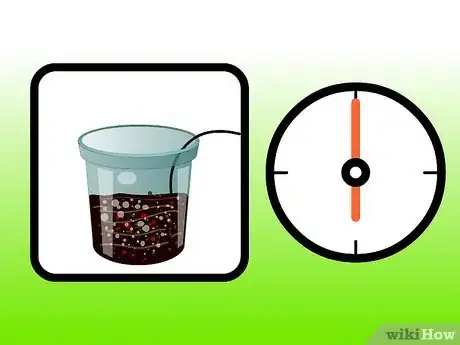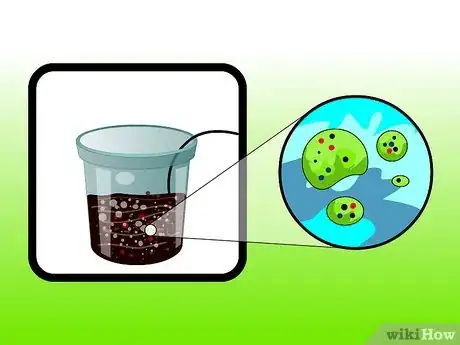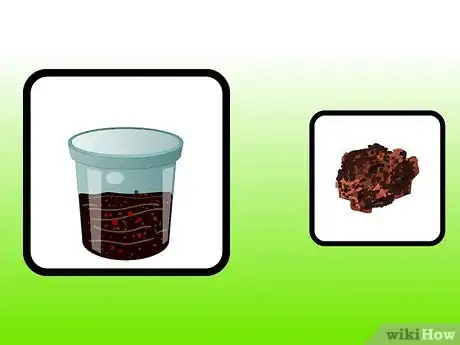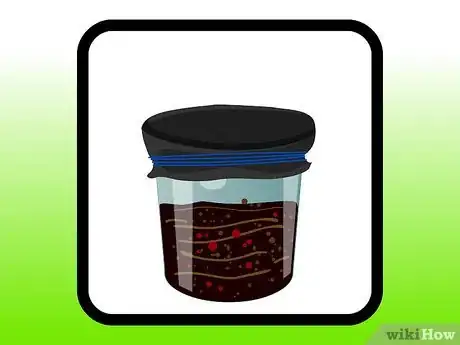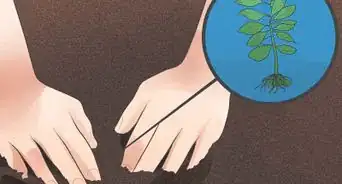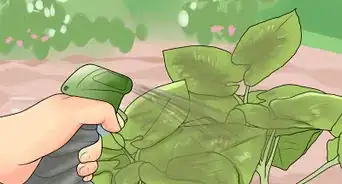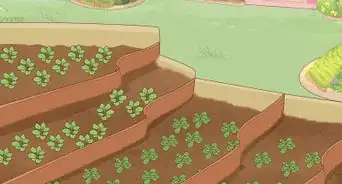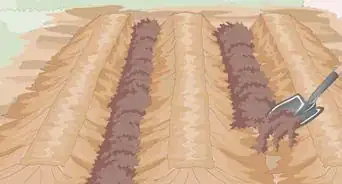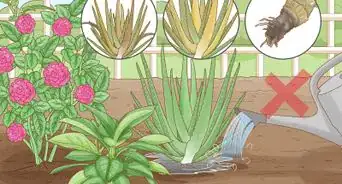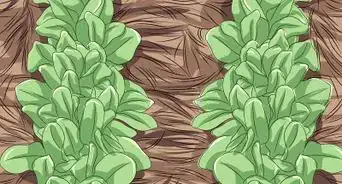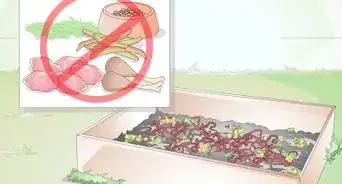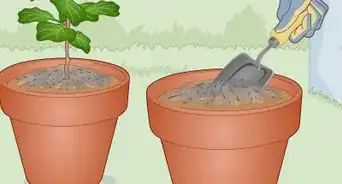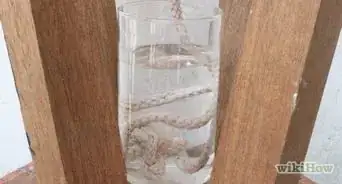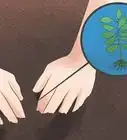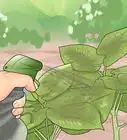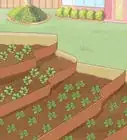wikiHow is a “wiki,” similar to Wikipedia, which means that many of our articles are co-written by multiple authors. To create this article, 30 people, some anonymous, worked to edit and improve it over time.
wikiHow marks an article as reader-approved once it receives enough positive feedback. In this case, 93% of readers who voted found the article helpful, earning it our reader-approved status.
This article has been viewed 309,042 times.
Learn more...
Worm tea may not sound too appetizing but your plants will really love it. You can buy this amazing fertilizer from a number of online sites but if you have a worm bin, you can make your own. Worm tea lets you fertilize without adding bulk to your soil and water your garden with something really "nutritious" for your plants. Your garden will practically jump up and shout "Hallelujah!" when fertilized with worm castings tea, and you will be amazed at the growth and flowering that results.
Ingredients
- 2 cups of well composted worm castings (no large scraps, preferably sifted)
- 2 tablespoons of corn syrup or unsulphured molasses
- Water which has been left to stand overnight or rainwater.
Steps
-
1Fill a 5-gallon bucket with water. Either use rainwater or let the water stand so the chlorine can evaporate out. You don't want to kill the beneficial micro-organisms, which is the point of municipal chlorine. Using a bubbler will speed up the release of Cl- ions from the water, cutting down the time the water needs to stand.[1]
-
2Add the corn syrup or molasses to the water. This will serve as food for the micro-organisms. It helps to dissolve the molasses in a small volume (like half a cup) of hot water before adding it to the bucket. This prevents potential obstruction of your air bubblers.[2]Advertisement
-
3Place castings in the bucket by either:[3]
- putting the castings into a thin mesh "teabag" of pantyhose or a similarly sheer sock and knotting the end. The knotted end of the bag can be hung down and submerged so the tea bag is situated above the rising bubbles. Some simply dump the teabag in.
- putting the castings directly in the bucket (with no tea bag) if you plan to use a watering can anyway, otherwise, straining through cheesecloth or mesh may be necessary when using backpack-type sprayer with nozzles that could clog easily with debris and detritus.
-
4Realize the grade or particle sizes of your choice of castings (determined by source and packaging process) play a role in making this choice. Casting particles in sizes larger than marbles, or even bark mulch. Others are finely ground castings, smaller than ball bearings. The difference in total surface area exposed to water is much larger for the finely ground which has more exposure to the aerated water.
-
5Put the worm castings in directly into the bucket. Some people say put the castings in an old sock or stocking hose that has no holes and tie the opening closed. This does not allow the castings to exchange into the water freely and slows the growth of the micro critters. Both ways give satisfactory results with the castings right in the water. Also, slime mould formations which are micro critter super colonies, may form. This shows the intense populations of tea made this way. You can use a plastic watering can without the strainer on the end and apply the tea in total - castings and all.
-
6Use a bubbler like an aquarium pump and air stone if you have one. Place it in the bucket and hold the air stone to the bottom with a rock. Plug in the bubbler so the water is aerated.[4]
-
7Let water and castings bubble (or at least soak) for 24 hours. If you don't have a bubbler, consider stirring occasionally- don't worry you cannot hurt the micro critters (microbes) by stirring. The air stone at the bottom of the bucket will cause the tea to be in constant mix - this is the best way to get a high yield tea.[5]
-
8To produce high yield tea, conditions should be desirable for the microbes to proliferate, multiplying exponentially. The microorganisms from the digestive system of the worm are extruded in their castings. These aerobic (oxygen-dependent) microbes are "good" microbes for plants (nature's way). Bad microbes are typically anaerobic (oxygen kills them) and many give off offensive odors as they release byproducts of metabolism like hydrogen sulfide (rotten egg smell). Aerating the tea improves conditions (agitation, circulation, aeration) for the good microbes, which enhance (survival, reproduction, growth). Aeration helps suppress the presence or growth of bad "bugs" that will compete against the good ones. Use of a bubbler helps along dissolution of the molasses food as well; it dissolves and diffuses more rapidly. Some instructions for tea setups without a bubbler recommend up to three days of brewing.
-
9Use within 48 hours. Exponential populations in limited spaces eventually peak and then plunge with massive population loss. We want the tea to be biologically active, alive, with good microbes like Bacillus subtilis. To avoid losing the beneficial microorganisms you created, use the worm compost tea as soon as possible.
-
10Refrigerate (in a sealed, labeled container) for up to 3 days. Non-pleasing odors from the tea after initial brewing or prolonged refrigeration may signal a low quality brew which should probably be dumped. This could be added to a composter or wormery to prevent waste.
Community Q&A
-
QuestionIs it beneficial to plants?
 Community AnswerYes. I have had success that surpasses "fake nutrients" or chemical fertilizers. For a science project, my 6th grader son compared regular soil for planting 30 violas to 30 viola plants planted in the same top soil with liquid fertilizer bought at a 'garden' store to worm casting tea with the same top soil and 30 more violas. The 30 violas with the worm casting tea had 80% more flowers and were an inch to a 1/2 inch larger.
Community AnswerYes. I have had success that surpasses "fake nutrients" or chemical fertilizers. For a science project, my 6th grader son compared regular soil for planting 30 violas to 30 viola plants planted in the same top soil with liquid fertilizer bought at a 'garden' store to worm casting tea with the same top soil and 30 more violas. The 30 violas with the worm casting tea had 80% more flowers and were an inch to a 1/2 inch larger. -
QuestionI'm wondering about using worm tea as a fertilizer for hydroponics. If I just want the nutrients from the tea and not the microbes, can it be sterilized and retain good nutrient levels?
 Community AnswerThere is almost no macro nutrient content to worm casting tea. For hydro gardening you'll need to add nutrients from another source. Worm casting tea adds microbes to the soil or solution, which helps break down the soil, making the nutrients readily available to the plants.
Community AnswerThere is almost no macro nutrient content to worm casting tea. For hydro gardening you'll need to add nutrients from another source. Worm casting tea adds microbes to the soil or solution, which helps break down the soil, making the nutrients readily available to the plants. -
QuestionHow much water should I add to my five gallons of worm tea to spray one acre?
 Community AnswerNone - use it pure. You don't want to dilute because the more microbes that reach each leaf, the better the result.
Community AnswerNone - use it pure. You don't want to dilute because the more microbes that reach each leaf, the better the result.
Warnings
- Worm tea is extremely poisonous to cats and apparently somewhat desirable - do not leave out uncovered⧼thumbs_response⧽
- Remember that water and electricity don't mix well. Dry your hands before you plug in anything.⧼thumbs_response⧽
- Worm tea is not for human or animal ingestion -- just give it to your garden!⧼thumbs_response⧽
- Juice that drips from the bottom of the worm bin is "leachate" and most likely full of unhealthy anaerobic bacteria (hence the horrible smell). It is not worm tea!⧼thumbs_response⧽
Things You'll Need
- 5 gallon (18.9 L) bucket
- Aquarium pump, airline, and bubbler stone (optional)
